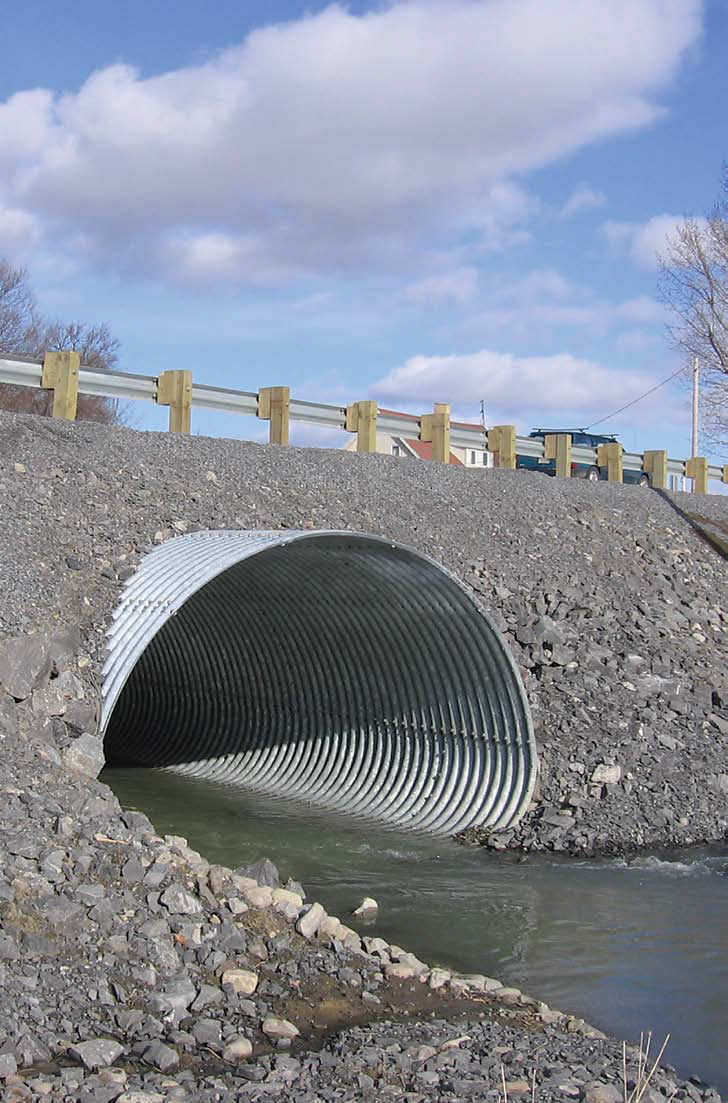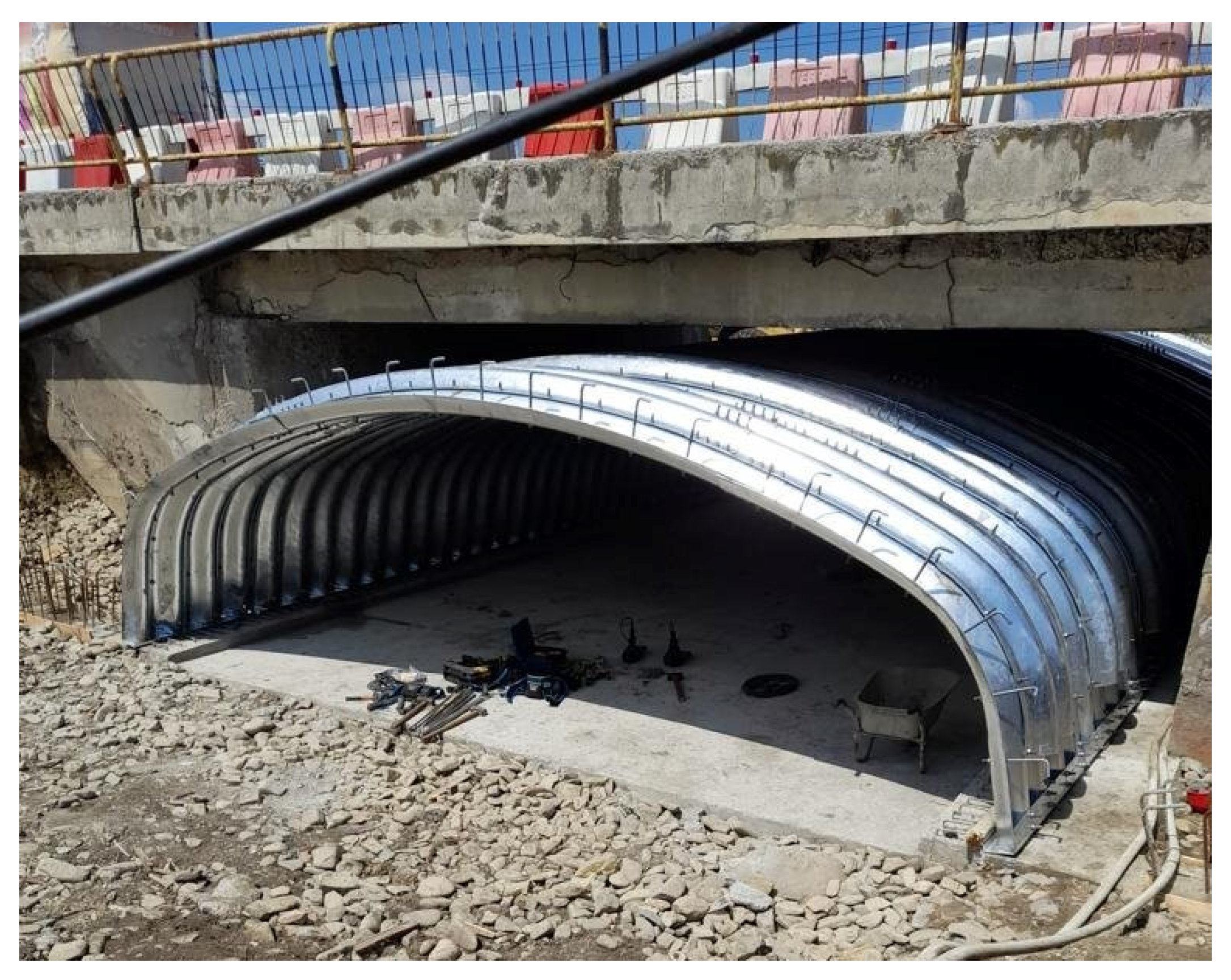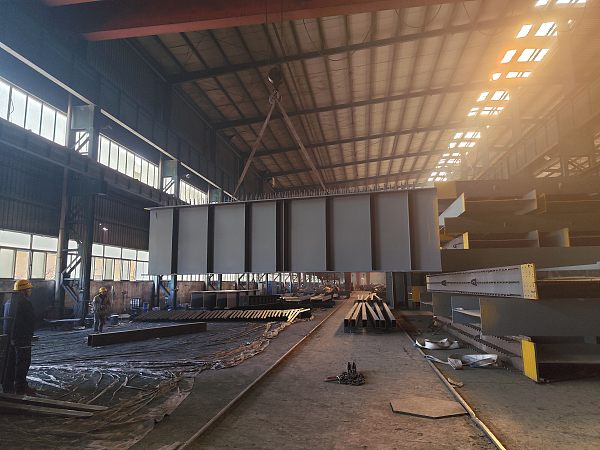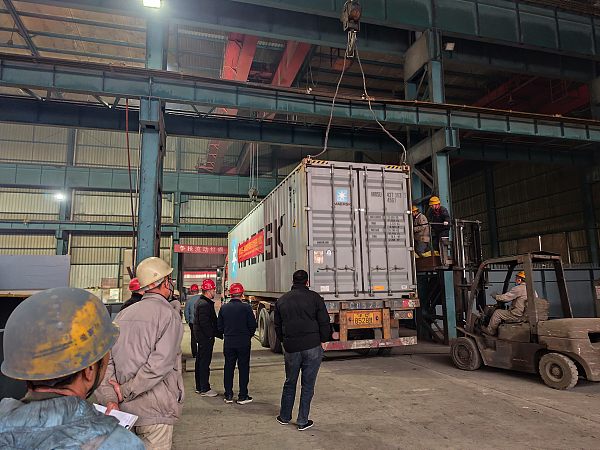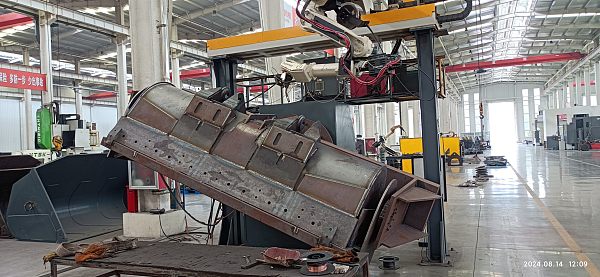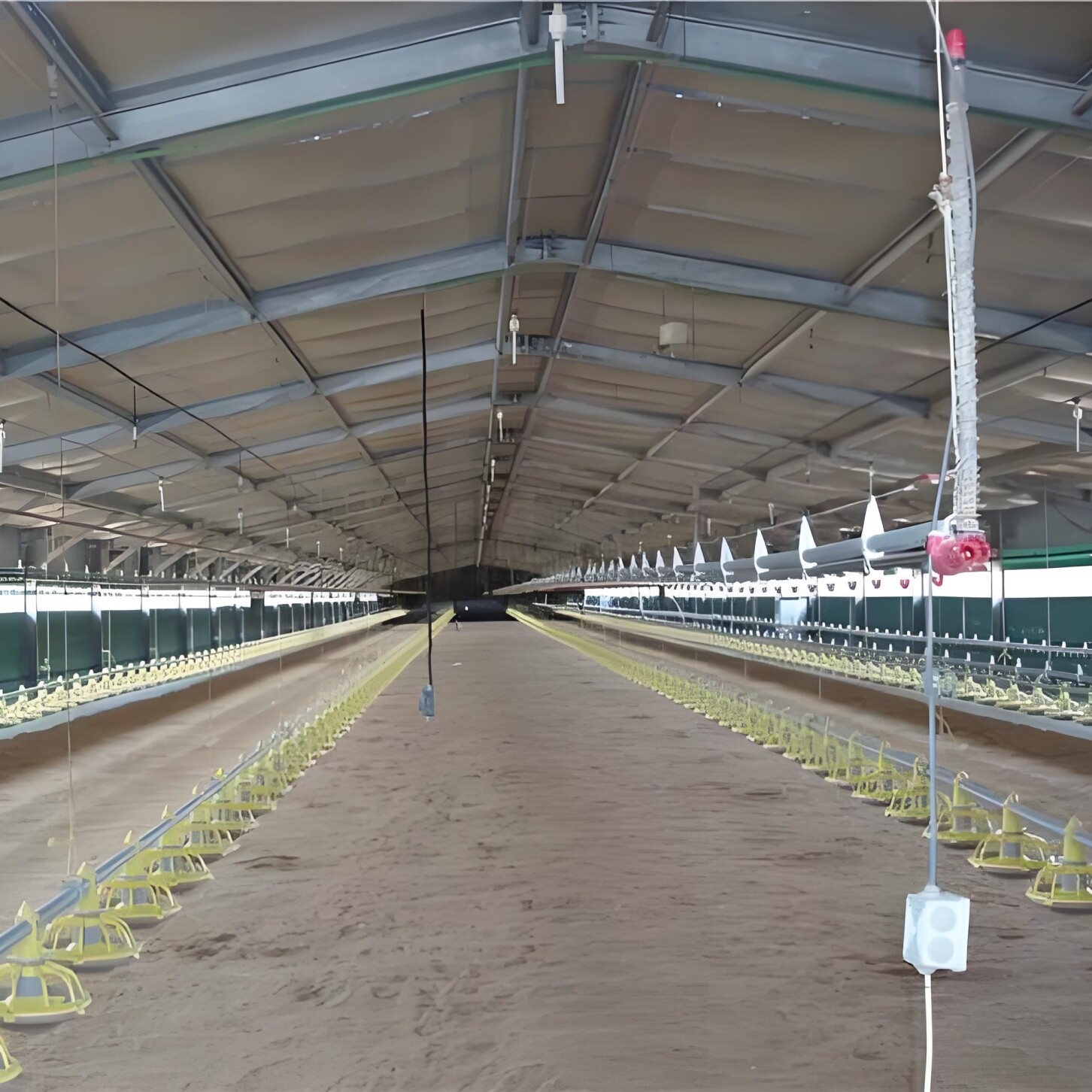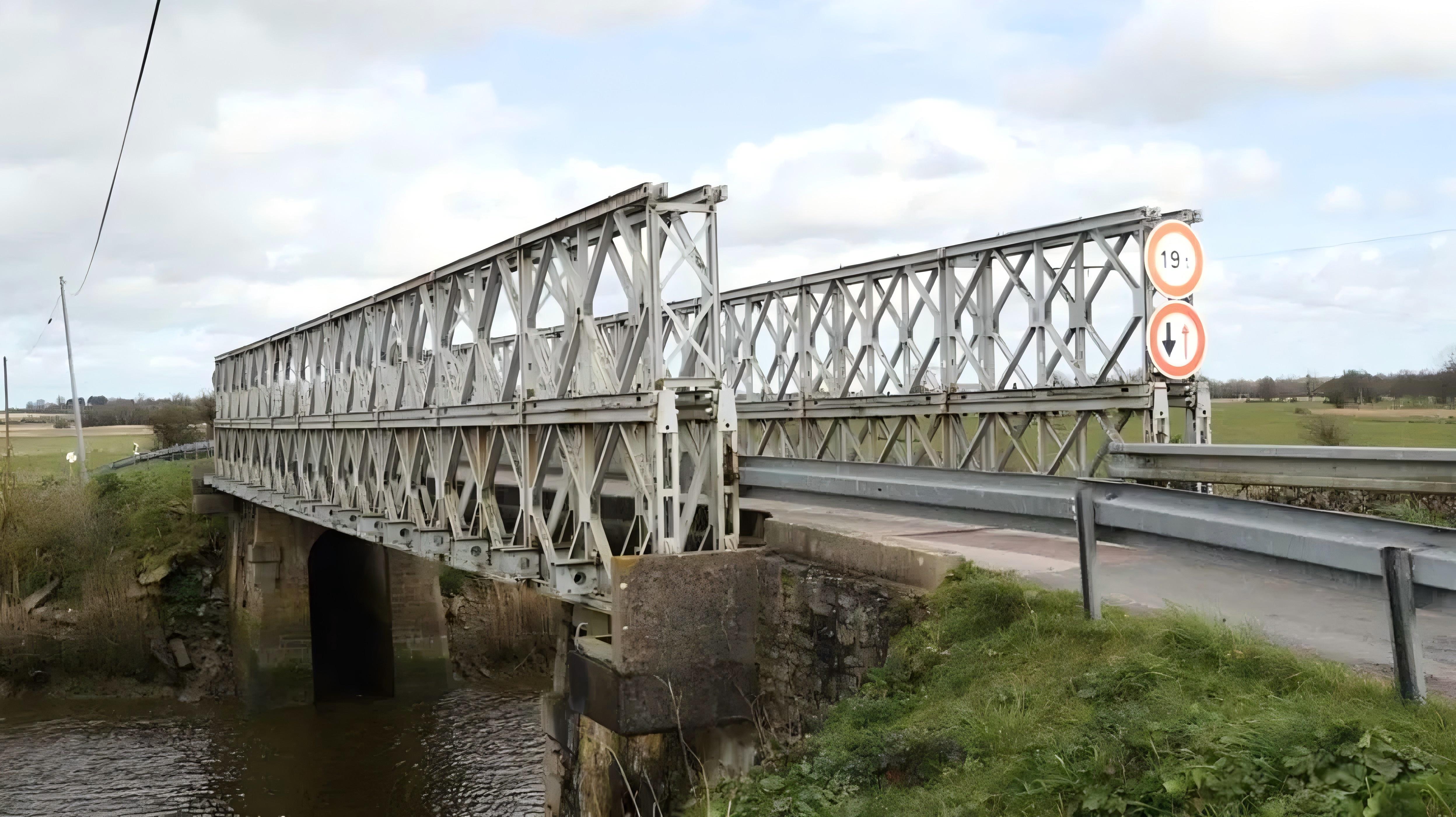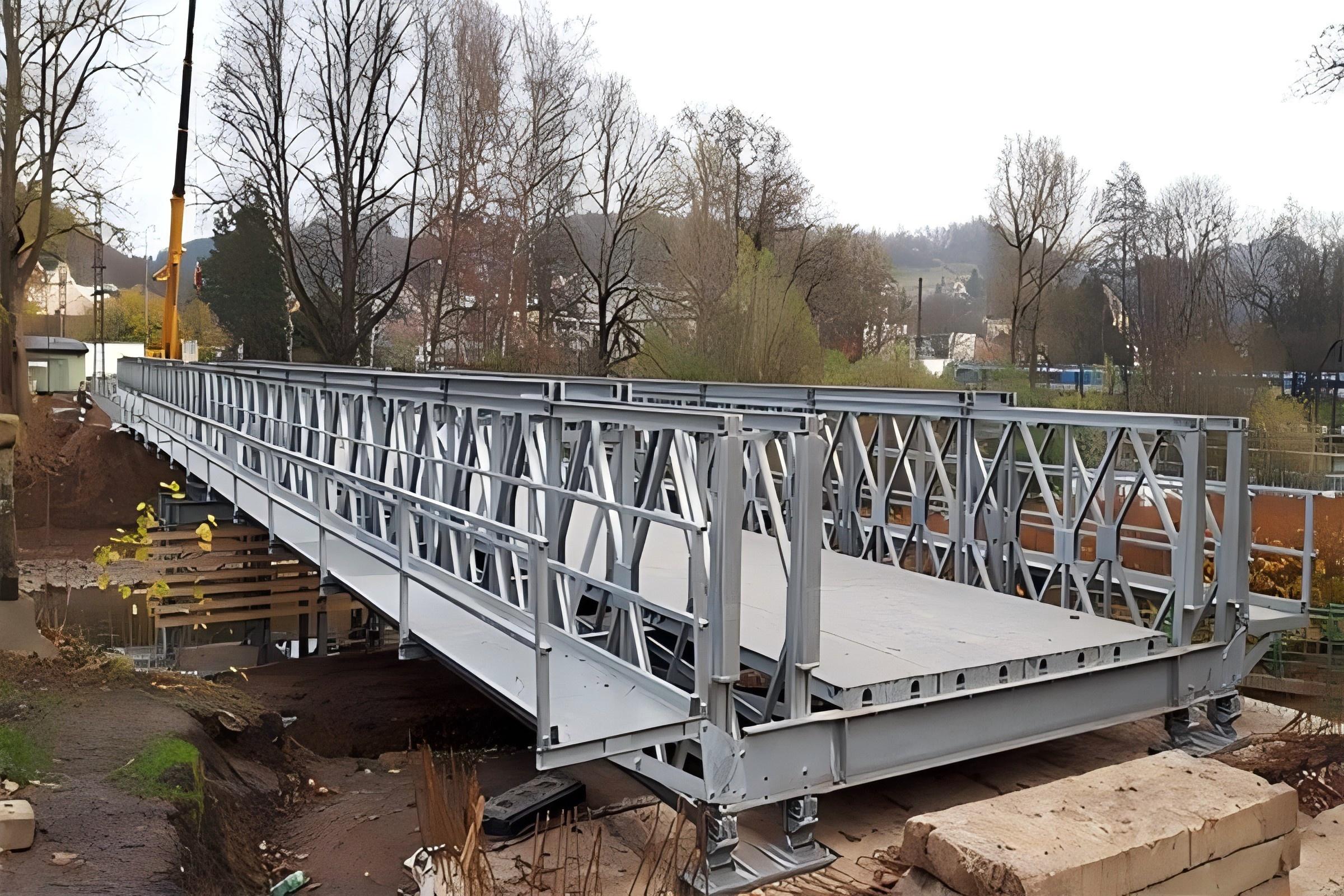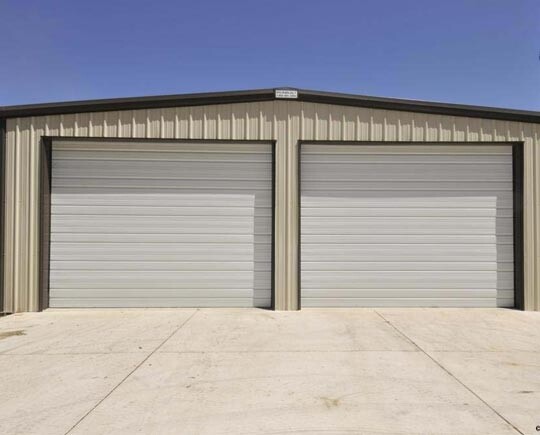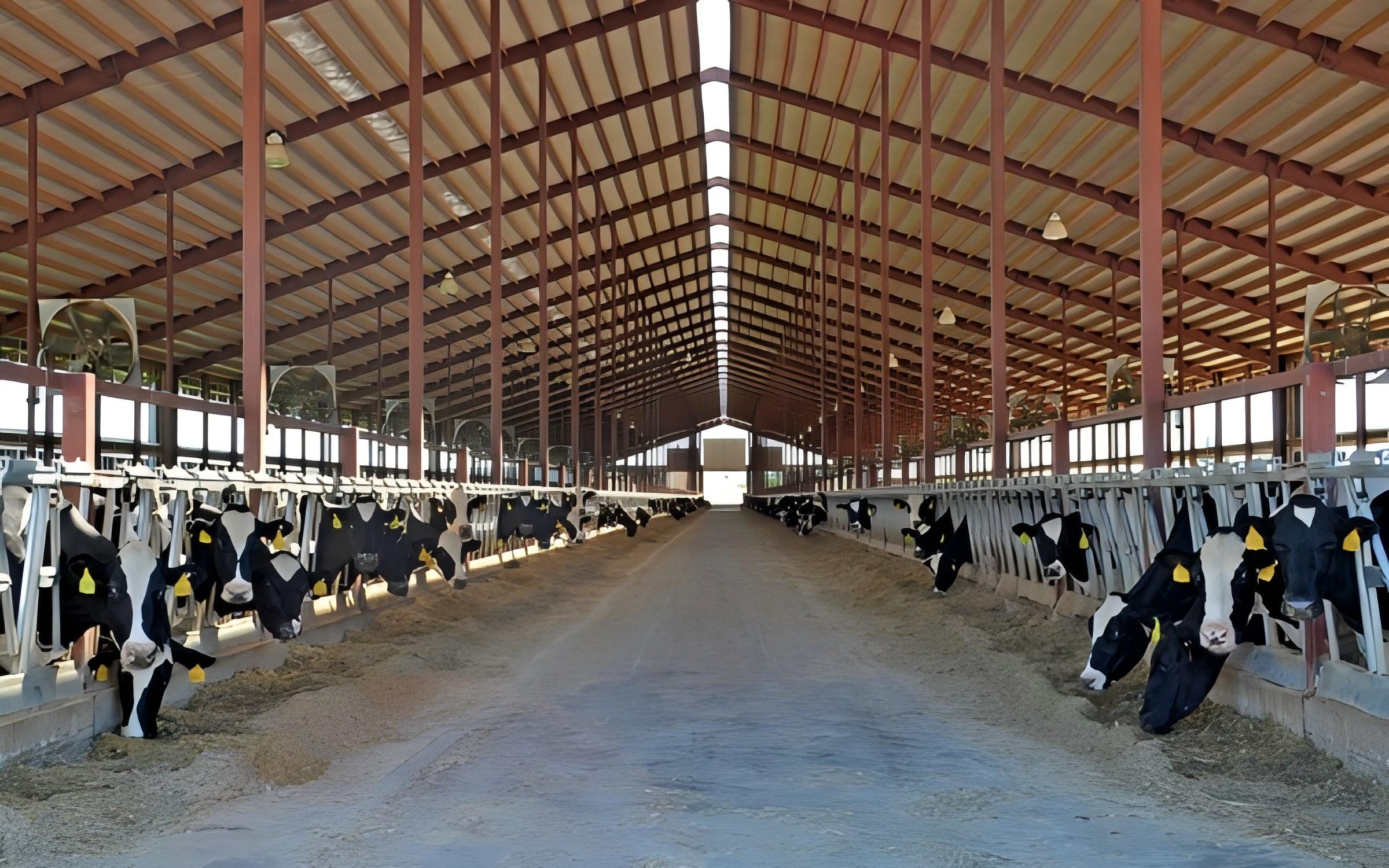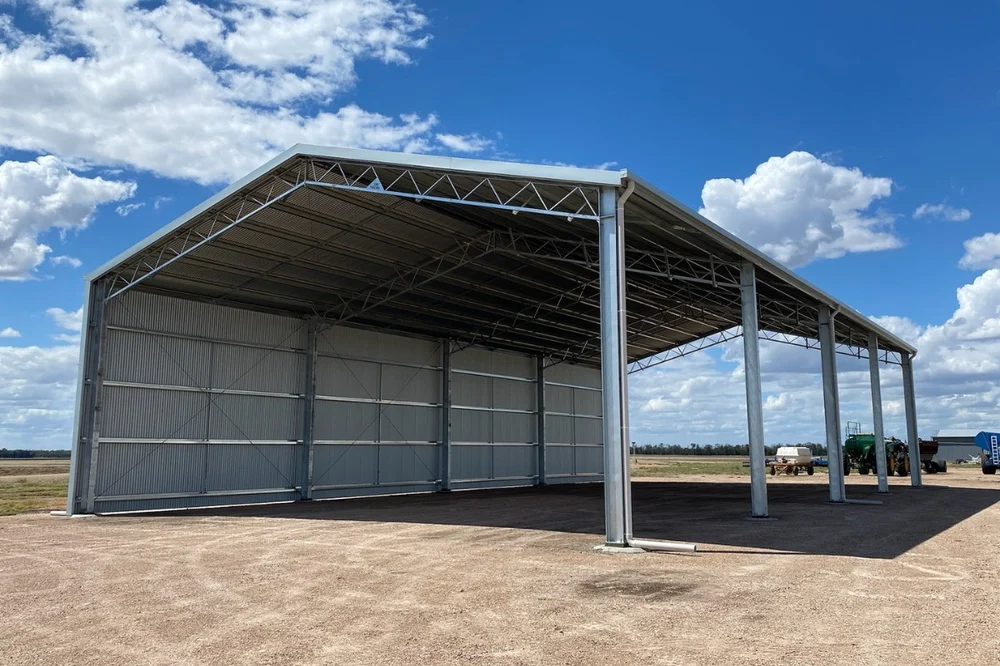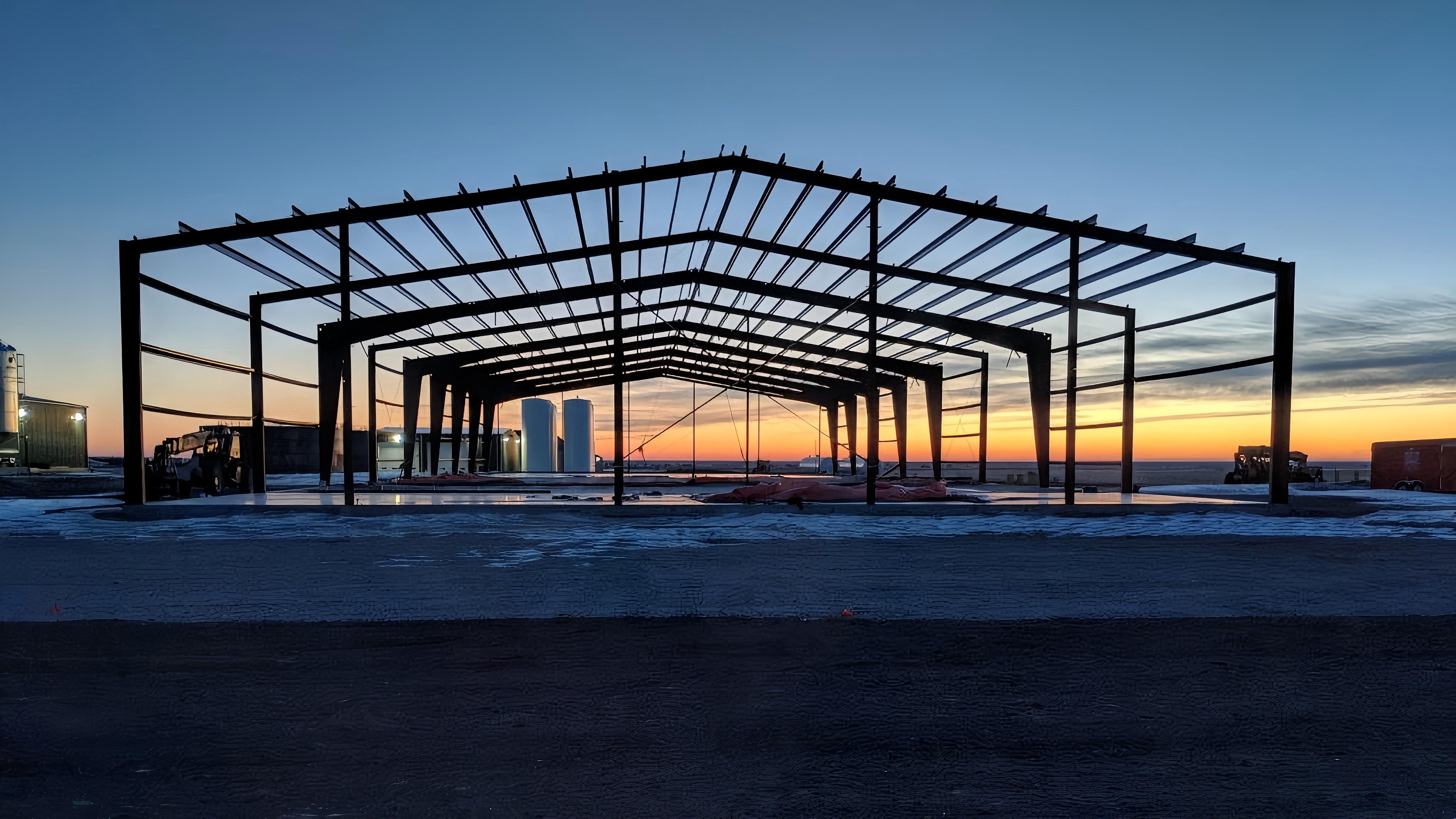- PRODUCT CENTER -
Leave A Message
1. Definition and Basic Concept
A steel culvert bridge is a prefabricated drainage structure that also serves as a bridge for light to moderate vehicle loads. These structures consist of corrugated steel pipes or arches that allow water to pass underneath while supporting roadways above. They're commonly used where traditional bridges would be unnecessarily expensive or complex.
Product Parameters

Steel Culvert Bridges: A Comprehensive Guide
1. Definition and Basic Concept
A steel culvert bridge is a prefabricated drainage structure that also serves as a bridge for light to moderate vehicle loads. These structures consist of corrugated steel pipes or arches that allow water to pass underneath while supporting roadways above. They're commonly used where traditional bridges would be unnecessarily expensive or complex.
2. Types of Steel Culvert Bridges
A. By Shape:
Pipe Culverts (Round)
Pipe-Arch Culverts (Oval/Arch-shaped)
Box Culverts (Rectangular)
Multi-Plate Culverts (Custom shapes)
B. By Structural Design:
Single-Span Culverts
Multi-Span Culverts
Mitered Culverts (Angled ends)
3. Key Components
Corrugated Steel Plates: Galvanized for corrosion resistance
Structural Backfill: Specially compacted soil around structure
Headwalls/Endwalls: Reinforced concrete or steel end structures
Pavement Approach: Transition sections on either end
4. Advantages
Rapid Installation: Can be installed in hours/days vs. weeks for conventional bridges
Cost-Effective: Typically 30-50% cheaper than concrete alternatives
Durability: Properly installed culverts last 50+ years
Hydraulic Efficiency: Smooth interior promotes better water flow
Lightweight: Easier to transport and handle
5. Load Capacity Considerations
HS20 Loading Standard (Highway)
HS25 Loading (Heavier vehicles)
Railway Loadings (Special designs)
Pedestrian Loads
6. Installation Process
Site Preparation: Excavation and foundation preparation
Bedding Installation: Proper base material placement
Culvert Assembly: Bolting sections together
Backfilling: Controlled compaction in lifts
Approach Construction: Roadway transition areas
7. Maintenance Requirements
Regular debris removal
Inspection for corrosion/damage
Joint and seam monitoring
Scour protection maintenance
8. Typical Applications
Rural Road Crossings
Farm Access Bridges
Forestry Roads
Emergency Access Routes
Military Temporary Bridges
Pedestrian/ATV Crossings
9. Design Considerations
Hydraulic Capacity (Water flow requirements)
Cover Depth (Minimum soil cover over structure)
Corrosion Protection (Galvanization, coatings)
Scour Protection (Erosion control)
Skew Angles (For angled crossings)
10. Comparison to Alternatives
11. Notable Projects
Alaska Highway System: Extensive use in remote areas
Canadian Arctic Roads: Withstand freeze-thaw cycles
Australian Outback Roads: Corrosion-resistant designs
US Forest Service Roads: Low-impact installations
12. Innovations in Steel Culvert Technology
Polymer-Coated Culverts: Enhanced corrosion resistance
Structural Plate Systems: For larger spans
Aluminized Steel: Extreme environment performance
Modular Designs: For rapid disaster response
13. Environmental Considerations
Fish Passage Designs: Special baffles for aquatic life
Trenchless Installations: Minimal environmental disturbance
Recyclable Materials: Steel is 100% recyclable
Low Embodied Energy: Compared to concrete alternatives
14. Cost Factors
Material costs
Installation complexity
Site accessibility
Customization requirements
Long-term maintenance needs
15. Limitations
Span limitations (typically < 12m)
Aesthetic considerations
Higher maintenance than concrete in corrosive environments
Requires proper installation for full performance
16. Future Trends
Smart Culverts: With embedded sensors
Improved Coatings: Longer-lasting protection
Hybrid Materials: Combining steel with composites
Robotic Installation: For faster deployment
Steel culvert bridges represent an economical and practical solution for many small-scale crossing needs. Their versatility, combined with modern engineering improvements, makes them an increasingly popular choice for infrastructure projects where traditional bridges would be cost-prohibitive or unnecessary. Proper design, installation, and maintenance ensure these structures provide reliable, long-term service with minimal environmental impact.
Packaging and Transportation
Instruments and Equipment
FAQ
Q: How can I get a quote for my project?
Q: How long can I get the price?
Q: Can we visit your factory?
Q: Do you provide customized product services?
Q: Where is the loading port?
Q: How to package the product?
Q: What if I have no import experience?
Q: Can you provide on-site installation service?
Q: How long is the delivery time?
Q: What is your payment terms?
Q: How can I place an order if my trial order does not reach your MOQ?
Q: How do you control product quality?
Contact Us
RELATED PRODUCTS
TOUCH WITH US

